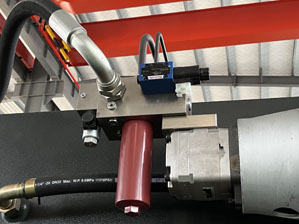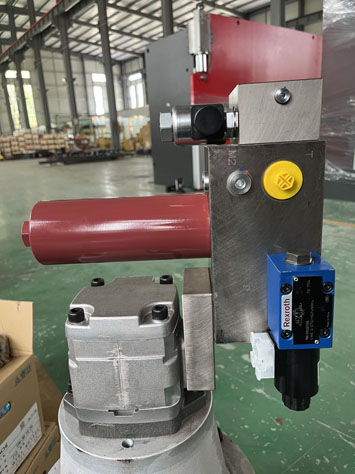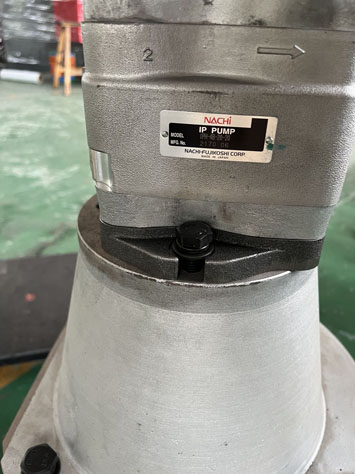How Do Hydraulic Technology Systems Work?
What is the Science Behind Hydraulic Systems?
Hydraulic systems are powered by liquid – specifically by moving and pressurised liquids that are used to move or lift things. Machinery that uses this technology transfers force from one area to another, using a non-compressible fluid. This means that the fluid cannot be compressed – that is, its volume or density cannot be reduced when pressure is applied.
The foundational scientific principle behind hydraulics is Pascal’s law, researched by Blaise Pascal. This principle notes that liquid within a closed container will be transmitted to all sides of said container, should any pressure be applied at any place. It is Pascal’s principle that underlies the theories which inform the technology of hydraulics.

The Components of Hydraulic Machinery
There are several components that make up your machinery powered by hydraulics, all of which work together to promote the functioning of the system. Read on to learn more about the components of hydraulic machinery.
Hydraulic Pump: Integral to the function of the hydraulic system, the pump supplies the liquid to the other components in the structure. There are different types of pumps used for hydraulics, including gear pumps, radial pumps, and vane pumps. Each has its benefits for different applications, and this is determined by the pressure output involved.
Hydraulic Actuators: Actuators are comprised of two types: motors and cylinders. The function of an actuator is to convert hydraulic energy into mechanical energy.
Control Valves: Control valves are responsible for directing the liquid to the actuator so that the actuator can perform its function. In addition to directing the fluid, the control valves also control the flow and pressure of the liquid throughout the system.
Accumulators: The function of an accumulator is shock absorption and pulsation absorption, which allows the system to deal with the demands of the operation. Smoothing out pulsations is one example of this function.
Hydraulic Reservoir: The reservoir is designed to store excess fluid that exists due to changes in liquid volume through the operation of the machinery.
Hydraulic Fluid: Hydraulic fluid is to the hydraulic system what blood is to the human body: it’s what powers the whole system. This fluid is usually a combination of petroleum and additives – and, as noted above, it must be incompressible.
Filters: These play an important role in the hydraulic system, as filters remove undesirable elements, such as metallic particles. Filters are placed in various parts of the machinery, in order to keep the entire system functioning properly.
In addition to the components above, this technology also requires tubes, pipes, and hoses as well as seals, fittings, and connections in order to function.


Ensuring Safety Around Hydraulic Technology
Being safe around hydraulic machinery begins with knowing how to be safe around all machinery. As we all know, safety must be the foundation of every operation, and this starts with knowing and understanding your responsibilities and obligations as an employer, manager, or employee. You can check out more about these at Work Safe Victoria.
Regular maintenance is essential for the safety of all machinery, and machinery operating with hydraulic technology is no exception. It is therefore imperative that all machinery is maintained, serviced, and inspected regularly by trained professionals, as this will help to ensure that it operates safely. At ACRA Machinery, we are ready to assist you with all your machinery maintenance needs.
In addition, as per the Occupational Health and Safety Regulations 2017, it is also essential that those operating and working with the machinery are properly and fully trained, including proper supervision during training. Through their training, these workers must be aware of the potential risks associated with the machinery they work with.
For more information, check out our guide to creating a safe factory environment and for more hydraulic machinery safety tips, have a look at this guide from Safe Work NSW. Remember to always comply with the rules and regulations of your particular state.
 English
English français
français español
español





